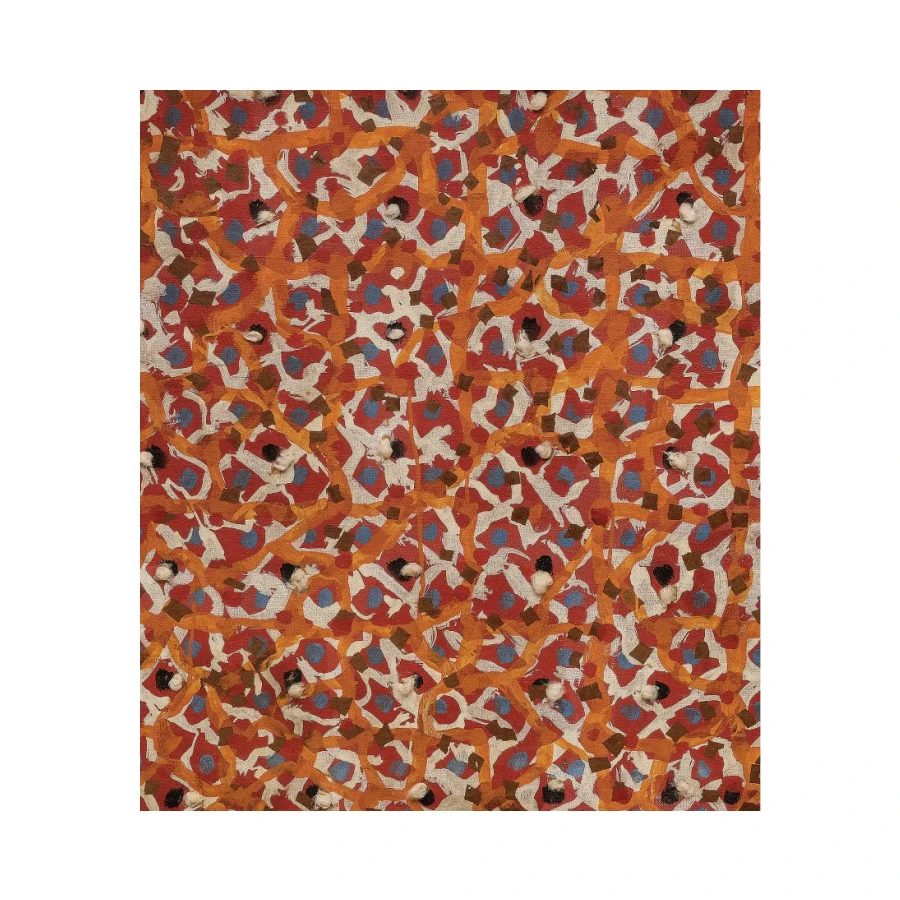Waldemar Cordeiro’s artistic journey began to flourish during his formative years in Italy, where he absorbed the influences of European modernism and geometric abstraction. However, it was his relocation to São Paulo in the late 1940s that proved to be transformative. In Brazil, Cordeiro became a significant member of the Ruptura Group, a collective of artists dedicated to exploring the principles of Concrete Art. This movement emphasized the use of geometric shapes, primary colors, and a rational approach to artistic creation. Cordeiro’s works from this era, characterized by sharp lines, geometric precision, and vibrant colors, exemplified his mastery of composition and visual equilibrium.
One of Cordeiro’s most pioneering contributions was his embrace of technological advances. In the 1950s, he embarked on experiments with digital art, utilizing early computers to generate intricate patterns and compositions. His fascination with technology as a tool for artistic innovation established him as a trailblazer in the realm of digital art, well before the digital age had fully taken root.
Cordeiro’s innovative spirit extended beyond his artistic pursuits; he also played a pivotal role in introducing design principles into industrial applications, advocating for the integration of art into everyday life. In addition to his artistic output, Cordeiro’s legacy encompasses his role as an educator and writer. He served as a professor at the University of São Paulo’s School of Architecture and Urbanism, where he shared his ideas and philosophies with emerging artists and designers. His writings, often centered on the interplay between art, technology, and society, provided a theoretical foundation for his artistic endeavors and reflected his dedication to pushing the boundaries of artistic expression.
Public Collections
Buffalo AKG Art Museum, Buffalo, EUA, Centro Galego de Arte Contemporânea, Cisneros Fontanals Art Foundation, Coleção Airton Queiroz, Museu de Arte Contemporânea da Universidade de São Paulo, Museu de Arte de Brasília, Museum of Modern Art, Patrícia Phelps de Cisneros Colection, Pinacoteca do Estado de São Paulo, São Paulo, SESC Paulista, São Paulo, The Museum of Fine Arts, Houston, Walker Art Center, Minneapolis, Victoria and Albert Museum and ZKM Museum.



